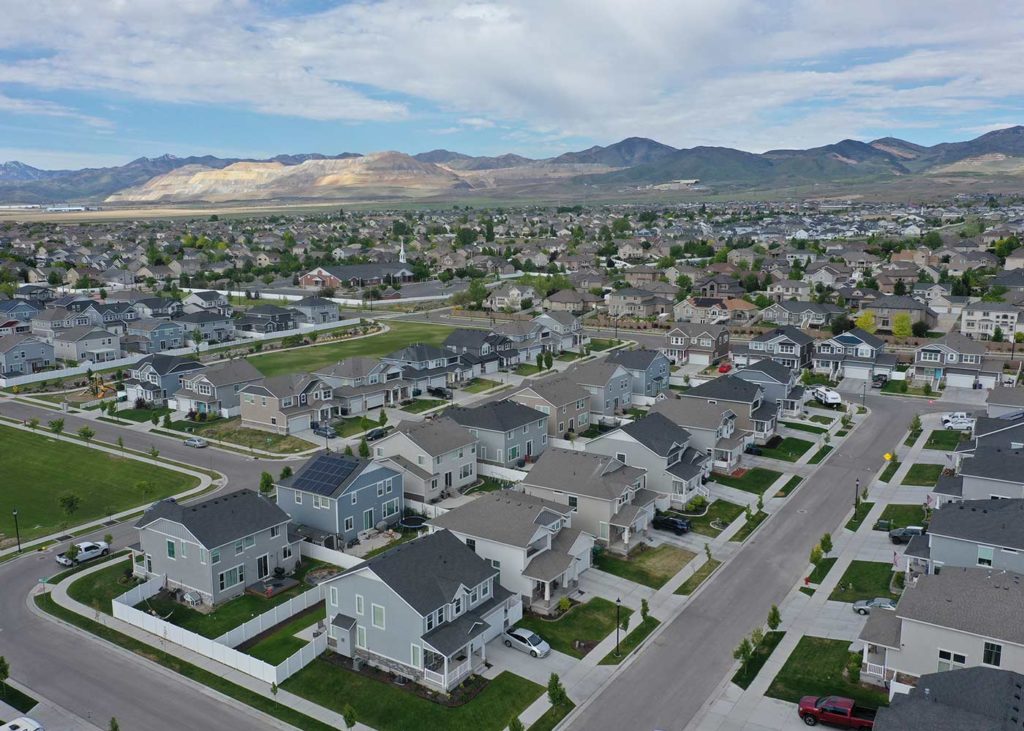Flying High for Safety: West Jordan Police Department Launches Drone Program

In March 2025, the West Jordan Police Department (WJPD) started using drones to help law enforcement respond faster, keep people safe, and reduce risks. Drones are not meant to replace first responders, but to assist and support them.
WJPD has four drones: two large ones for long-distance and outdoor use, and two small ones generally used inside buildings.
While many people own and fly drones for fun and can do many things with them, police drones are governed by the same laws that guide policing.
Key Features and Capabilities of Police Drones
Size and Design: They are typically larger and more robust than personal ones. They may be equipped with multiple cameras, sensors, and other specialized equipment for surveillance or mapping.
Sound: They are generally larger and more powerful than commercial ones, producing a distinctive hum.
Flight Behavior and Location: Police drones typically fly in specific, purposeful patterns. They may hover over a particular area, unlike hobby drones that people tend to fly in erratic patterns.
Thermal (Infrared) Cameras: Police drones have thermal imaging cameras that detect heat and show unusual visuals.
Police Presence: Often, the presence of a police drone is accompanied by the presence of police in the same area, responding to emergencies, crimes in progress, or monitoring large events.
Increased Accountability and Transparency: Cameras on drones offer clear, objective footage of police operations, which reduces misunderstandings and builds trust.
Laws and Regulations: Drones follow all laws and regulations. Drones do not invade people’s privacy. Legal standards exist to respect individual rights, and agencies are required to obtain warrants or follow guidelines that prevent unreasonable searches. With transparency and accountability, drones are used effectively without compromising citizen privacy.
Faster Response: They can quickly and effectively assist in monitoring or searching large areas. They provide real-time data to aid investigations and help the police department make informed decisions during critical incidents.
Infrared Camera for Heat Sensing: Drones also help the Fire Department during structure fires by locating “hot spots”.
Police drones are subject to all the laws that govern human policing. A drone is an extension of an officer, not a replacement, and it does not have special privileges. See Utah Code Chapter 72-10 for more information about laws and regulations for law enforcement drones.


